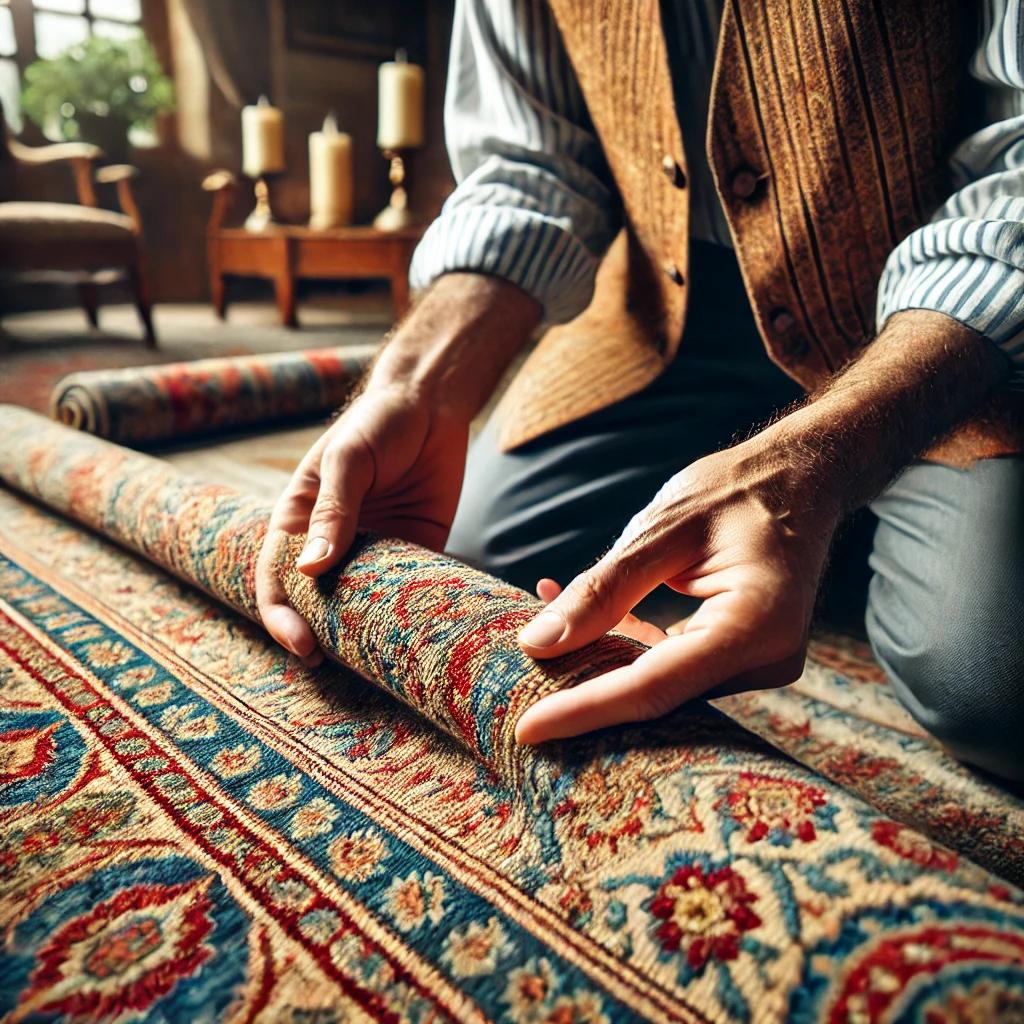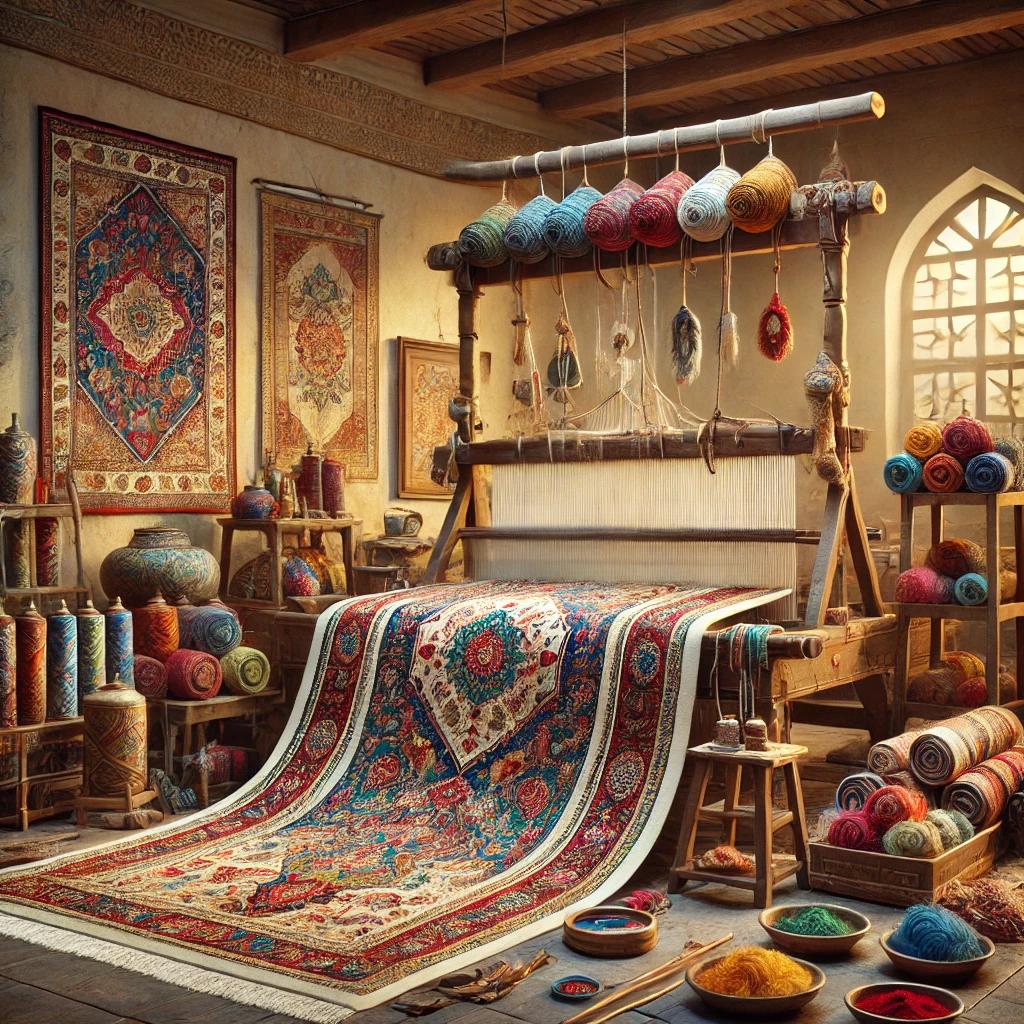Persian rugs are renowned for their craftsmanship, history, and intricate designs. However, with the rise of machine-made imitations, it has become harder to distinguish genuine Persian rugs from fakes. If you want to invest in a handwoven masterpiece, here are five expert secrets to identifying authentic Persian rugs.
1. Identifying Authentic Persian Rugs by Checking the Back
The back of a Persian rug tells you whether it was hand-knotted or machine-made.
✔ Authentic Persian rugs have visible knots that are irregular in size and shape.
✔ Fake rugs have a plastic or glued backing with perfectly uniform knots.
✔ Handwoven rugs show slight imperfections, a sign of craftsmanship.
2. Identifying Authentic Persian Rugs Through Material and Texture
Persian rugs are typically made from natural fibers like wool, silk, or cotton. Fake rugs, on the other hand, often contain synthetic materials like polyester or polypropylene.
✔ Authentic Persian rugs feel soft and warm to the touch.
✔ Wool and silk fibers have a natural sheen, unlike synthetic fibers.
✔ Machine-made rugs feel overly smooth and artificial.
3. Identifying Authentic Persian Rugs by Natural Dye Variations
Persian rugs are dyed using natural plant-based dyes, which create rich, deep colors. Unlike chemical dyes, these colors age beautifully over time.
✔ Real Persian rugs have slight color variations, indicating natural dyes.
✔ Fake rugs have overly uniform and synthetic-looking colors.
✔ Rub a damp cloth over a small area—natural dyes won’t bleed.
4. Identifying Authentic Persian Rugs Through Design and Knot Density
The quality of a Persian rug depends on its knot density and intricate design. The more knots per square inch, the higher the quality.
✔ Authentic Persian rugs have complex, detailed patterns with clear motifs.
✔ Machine-made rugs often have pixelated or blurred designs.
✔ The higher the knot count, the more durable and valuable the rug.
5. Identifying Authentic Persian Rugs by Checking Signatures and Labels
Most authentic Persian rugs feature a signature or label indicating the region of origin. Cities like Tabriz, Isfahan, and Kashan are famous for their unique weaving techniques.
✔ Handwoven rugs often include a small signature woven into the border.
✔ Check for authenticity labels, especially on high-value rugs.
✔ Verify the origin with a trusted rug expert or dealer.
Final Thoughts
Investing in an authentic Persian rug ensures you own a piece of history, artistry, and enduring quality. By using these rug identification secrets, you can confidently recognize a genuine handwoven masterpiece.
📍 Persian Rug Gallery
51 Springoro Pike, Miamisburg, OH 45342
📧 buyprg@yahoo.com
📞 (937) 436-3655
🌐 Visit Our Website
Meta Description:
Discover five expert secrets to identifying authentic Persian rugs and avoid imitations. Learn how to recognize real craftsmanship.
Want to Learn More?
For expert insights, visit The Metropolitan Museum of Art to explore the history of Persian rugs.



